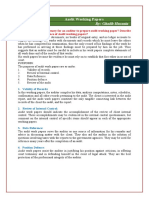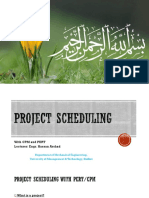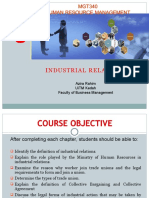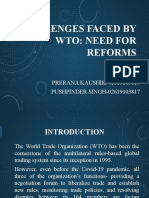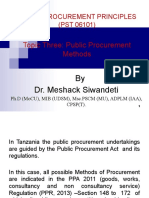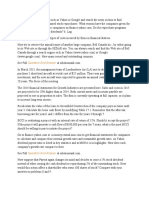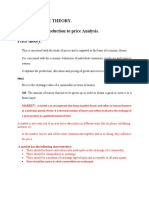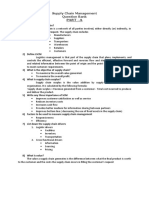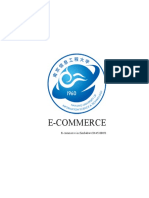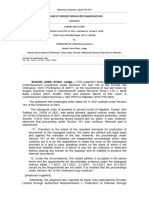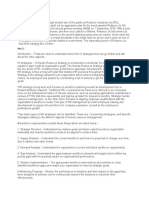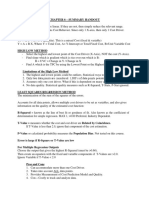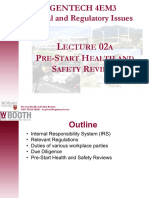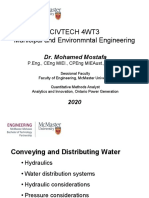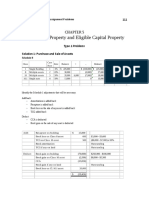0% found this document useful (0 votes)
748 views22 pagesChapter 8 Taxes: Engineering Economics, 5e (Fraser)
This document contains 17 multiple choice questions about engineering economics and taxes from Chapter 8 of the textbook. Specifically, it covers topics such as why businesses should consider taxes, definitions of progressive taxes, calculating before-tax and after-tax minimum acceptable rates of return, depreciation rates, Canada's Capital Cost Allowance system, and specific examples of calculating undepreciated capital costs and tax savings from capital cost allowance claims.
Uploaded by
Camila Miranda KandaCopyright
© © All Rights Reserved
We take content rights seriously. If you suspect this is your content, claim it here.
Available Formats
Download as PDF, TXT or read online on Scribd
0% found this document useful (0 votes)
748 views22 pagesChapter 8 Taxes: Engineering Economics, 5e (Fraser)
This document contains 17 multiple choice questions about engineering economics and taxes from Chapter 8 of the textbook. Specifically, it covers topics such as why businesses should consider taxes, definitions of progressive taxes, calculating before-tax and after-tax minimum acceptable rates of return, depreciation rates, Canada's Capital Cost Allowance system, and specific examples of calculating undepreciated capital costs and tax savings from capital cost allowance claims.
Uploaded by
Camila Miranda KandaCopyright
© © All Rights Reserved
We take content rights seriously. If you suspect this is your content, claim it here.
Available Formats
Download as PDF, TXT or read online on Scribd
/ 22









